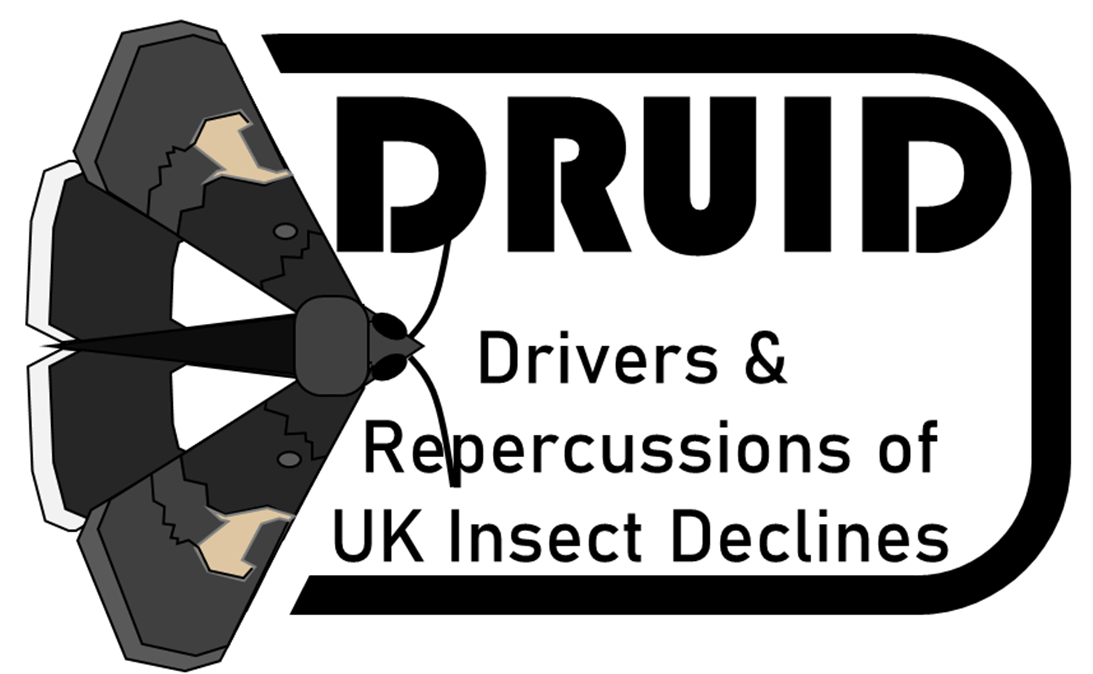Quantitative Ecologist
https://www.ceh.ac.uk/staff/gary-powney
My research focuses on using large-scale, long-term ecological data to examine the impact of environmental change on biodiversity. I use a variety of quantitative techniques to gain an insight into the key processes that drive changes in the abundance and distribution of species. Developing our understanding of these processes is fundamental for predicting the impacts of environmental change, and for the conservation of species.
I have four key areas of research:
1) The estimation of robust biodiversity trends from extremely large citizen science datasets (several million records). Much of these data were collected by a vast network of volunteer recorders, without specific protocol, and therefore contain several forms of bias (for example, missing values, temporal and spatial variation in recorder effort). I develop complex models (including hierarchical occupancy models fitted within a Bayesian framework) to account said bias, and utilise high performance computer facilities run the analyses. Alongside peer-reviewed publications, key outputs from this research includes official government statistics through the biodiversity indicators, and the high profile State of Nature publications.
2) Improving our understanding of the key drivers of species trends. I develop models that utilise a combination of ecological trait data, and metrics derived from species distribution data, to explain variation in species responses to climate and land-use change.
3) Examining spatiotemporal patterns in biodiversity with a particular focus on predicting future patterns given environmental forecasts and scenarios. I use a host of modelling approaches (including ML algorithms) to generate reliable predictions of biodiversity change, and examine how these changes may lead to deficits in key ecosystem services and functions.
4) The development of innovative uses of biological records, aimed at maximising the value of these data for a number of stakeholders, including and policy makers, recording societies and the academic research community. Research here is focussed on developing novel modelling approaches alongside interesting data visualisations. For a recent example see CEHcraft, a project where I converted real world spatial landscape datasets into Minecraft worlds, using a combination of custom-built Python and R scripts. CEHcraft was well-received at numerous public events where users explored the worlds using virtual reality headsets (Oculus).

